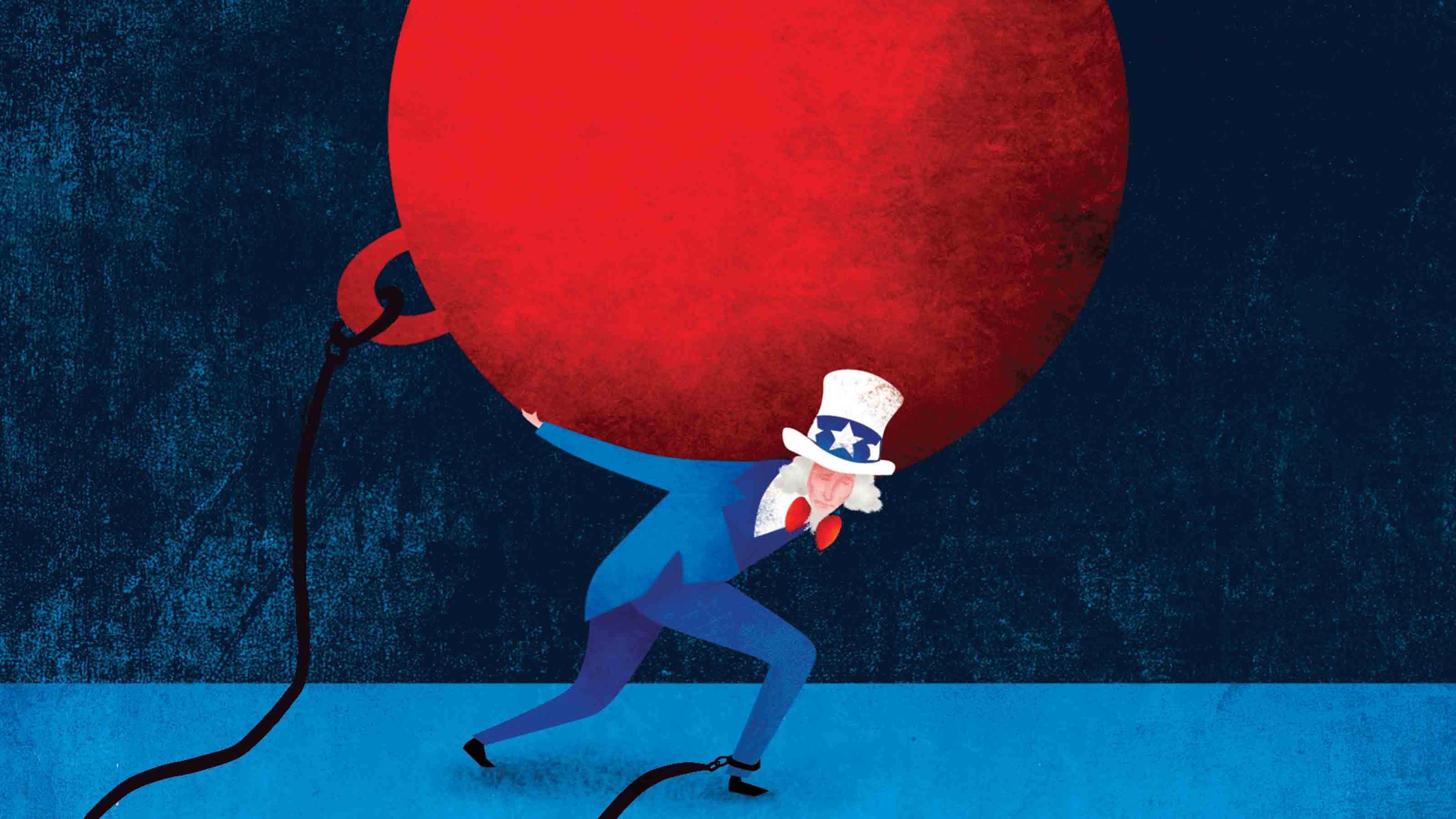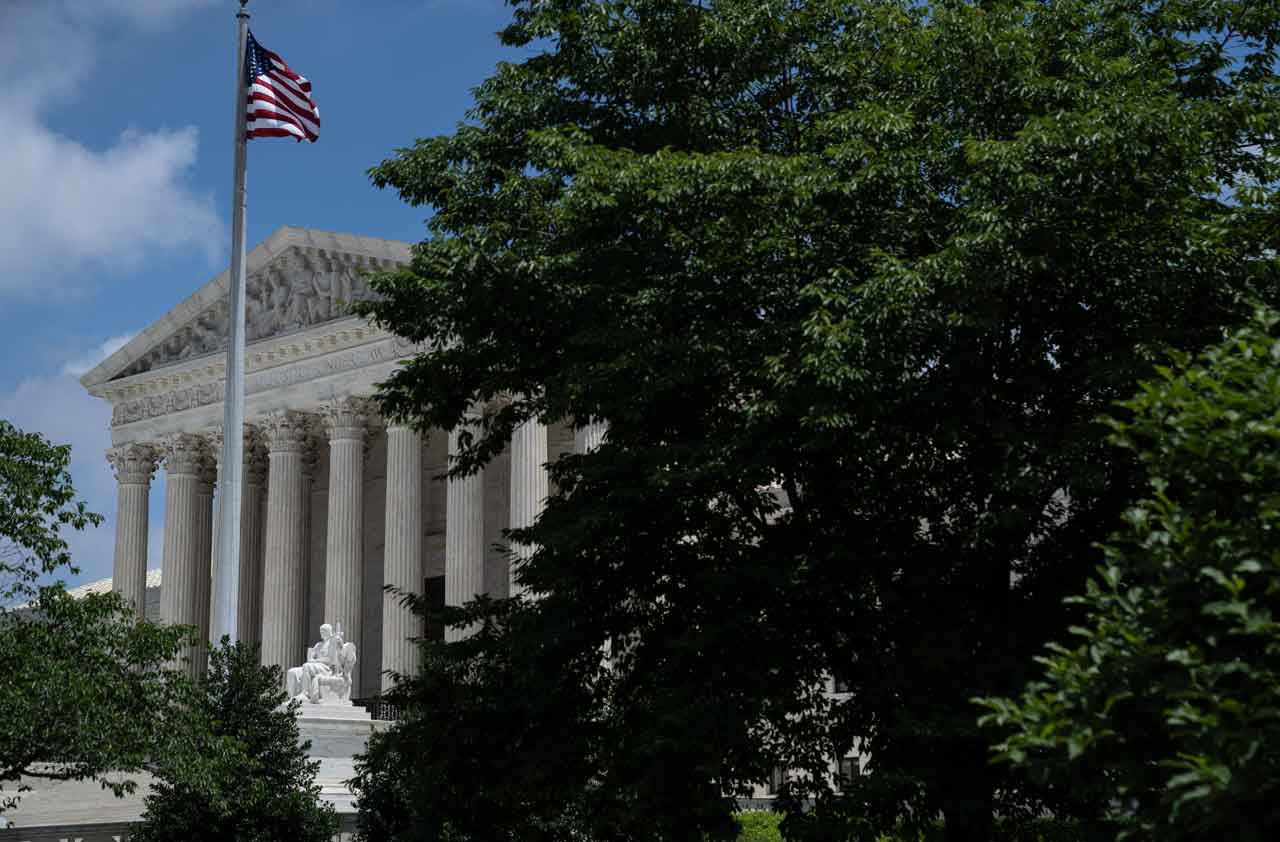Next Rise in Interest Rates Will Come in 2015
Even when rates finally do head up, they won't zoom out of control. A progressive series of stair steps is more like it.

With the Federal Reserve reducing the extraordinary bond purchases it has made for the past five months, you’d think that bond prices would fall and interest rates would rise. But that hasn’t been the case, even as the Fed has trimmed its purchases by $10 billion every six weeks since January. Instead, 10-year Treasury bond rates have dropped from 3.0% to 2.6%.
The slow economy in the first part of the year was a factor in the decline in rates. But there are a number of reasons for bonds' surprising strength. A close look at them provides some guidance on where interest rates will head, even as economic growth picks up speed.
First, investors have observed that the so-called taper — the Fed’s gradual reduction in bond purchases — has no bite. Interest rates haven’t risen. Plenty of other buyers, foreign and domestic, have stepped in to take the Fed’s place in bond markets. Moreover, Treasuries are still considered the world’s safe haven. So buyers remain optimistic about prospects for bonds in the near term.
From just $107.88 $24.99 for Kiplinger Personal Finance
Become a smarter, better informed investor. Subscribe from just $107.88 $24.99, plus get up to 4 Special Issues

Sign up for Kiplinger’s Free Newsletters
Profit and prosper with the best of expert advice on investing, taxes, retirement, personal finance and more - straight to your e-mail.
Profit and prosper with the best of expert advice - straight to your e-mail.
Second, Treasuries were and remain attractive relative to low-yield European and Japanese bonds. In fact, yields on many European bonds have become ridiculously low compared with what they were just a few years ago, leaving U.S. Treasuries looking underpriced by comparison. With Europe’s poor economic growth and near-zero inflation rates likely to persist for the rest of the year, that will continue to be the case.
Third, for investors seeking safe, reliable places to park their cash, Treasury alternatives are scarce. Long-term municipal bonds, for example, are in short supply, as states and local governments undertake fewer projects, turning their fiscal attention instead toward shoring up underfunded government employee pensions.
Finally, some investors, eager to lock in some of the extraordinary stock market gains of the past few years, find Treasuries attractive. That’s especially true of private pension funds, which aim to match their long-term liabilities with long-term assets.
Looking forward, none of these factors is likely to change much over the next six months. In addition, there are demographic factors which will help buoy demand for bonds. As my Kiplinger colleague Jeff Kosnett notes, “The older the U.S., Canada, Europe and Japan get, the greater will be the demand for securities, such as bonds, that pay reliable investment income as opposed to those that offer uncertain returns.”
Now that it’s clear the Fed’s bond-buying taper isn’t a factor, the next preoccupation of investors is likely to be guessing when the Fed will start raising short-term interest rates. We expect long-term rates to jump by a half-point or more next year, as investors become nervous about the potential impact of rising short-term rates and a reawakening of inflation. That would cut the value of a typical bond index fund by 2.5%-3%.
But don’t assume that rates will continue to climb at that pace. Interest rates typically move in stair-steps — often coming a bit later than expected and then plateauing for longer than circumstances might warrant before making another stair-step move up. So odds are the likely jump in 2015 won’t set off an immediate run upward. Instead, rates will stabilize at the new higher level as investors’ nervousness wears off. After all, the Fed will move slowly and cautiously, and the reasons outlined above for continued underlying strength in demand for bonds will remain in place.
Thus, we look for 10-year Treasury bond interest rates to hover in the 2.6% to 2.8% range for a good part of this year, climbing slowly in the later part of 2014 to reach 3.0% at year-end. Then, however, we anticipate a sharpish jump of a half-point or more in 2015 before rates level off again for a while. Because the exact timing will depend on when investors feel that the Fed is likely to stir from its long slumber on short-term interest rates, bond prices and rates are likely to be affected negatively — if temporarily — by any reports of better-than-expected economic strength or inflation.
Profit and prosper with the best of Kiplinger's advice on investing, taxes, retirement, personal finance and much more. Delivered daily. Enter your email in the box and click Sign Me Up.

David is both staff economist and reporter for The Kiplinger Letter, overseeing Kiplinger forecasts for the U.S. and world economies. Previously, he was senior principal economist in the Center for Forecasting and Modeling at IHS/GlobalInsight, and an economist in the Chief Economist's Office of the U.S. Department of Commerce. David has co-written weekly reports on economic conditions since 1992, and has forecasted GDP and its components since 1995, beating the Blue Chip Indicators forecasts two-thirds of the time. David is a Certified Business Economist as recognized by the National Association for Business Economics. He has two master's degrees and is ABD in economics from the University of North Carolina at Chapel Hill.
-
 Stocks Extend Losing Streak After Fed Minutes: Stock Market Today
Stocks Extend Losing Streak After Fed Minutes: Stock Market TodayThe Santa Claus Rally is officially at risk after the S&P 500's third straight loss.
-
 What Bilt Cardholders Need to Know as Wells Fargo Exits the Program
What Bilt Cardholders Need to Know as Wells Fargo Exits the ProgramA major shake-up in the Bilt Rewards program could affect your credit card, rent rewards and points strategy heading into 2026.
-
 3 Major Changes to the Charitable Deduction in 2026
3 Major Changes to the Charitable Deduction in 2026Tax Breaks About 144 million Americans might qualify for the 2026 universal charity deduction, while high earners face new IRS limits. Here's what to know.
-
 Federal Debt: A Heavy Load
Federal Debt: A Heavy LoadEconomic Forecasts The debt continues to grow, but record-low interest rates could ease the long-term damage.
-
 U.S. Manufacturing Is Already Ailing from Coronavirus
U.S. Manufacturing Is Already Ailing from CoronavirusEconomic Forecasts Supplies are hard to come by, and in the longer-term demand may be at risk.
-
 Is a Recession Imminent?
Is a Recession Imminent?Economic Forecasts Shoppers will have to carry the load for now because weak business investment shows no sign of perking up anytime soon. Odds are, they’ll be able to.
-
 Will You Have to Pay More Sales Taxes on Your Online Purchases?
Will You Have to Pay More Sales Taxes on Your Online Purchases?business One thing’s for sure: Consumers who live in one of the five states without a sales tax won’t be affected by the Supreme Court’s ruling.
-
 3 Factors That Could Drive the Next Recession
3 Factors That Could Drive the Next RecessionEconomic Forecasts The economy is humming along nicely, but how long can the good times continue?
-
 What to Expect From the New Fed Chief
What to Expect From the New Fed ChiefEconomic Forecasts By and large, Jerome Powell will move along the path set by his predecessor.
-
 How a Border Tax Would Affect You
How a Border Tax Would Affect YouBusiness Costs & Regulation A plan to limit imports could raise prices but also create more jobs.
-
 A Housing Shortage Looms: Builders Can’t Keep Up
A Housing Shortage Looms: Builders Can’t Keep Upbusiness Starter homes especially are becoming scarce.